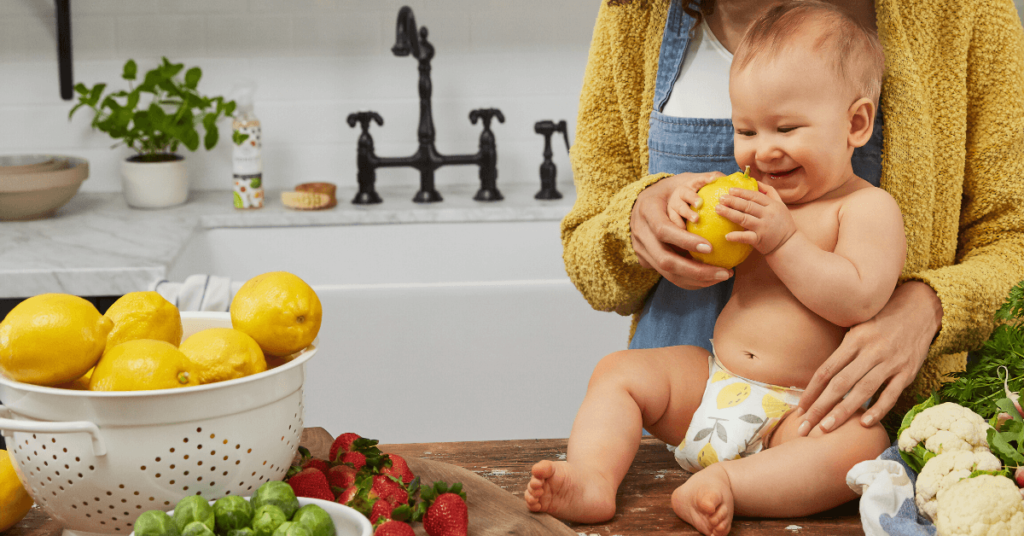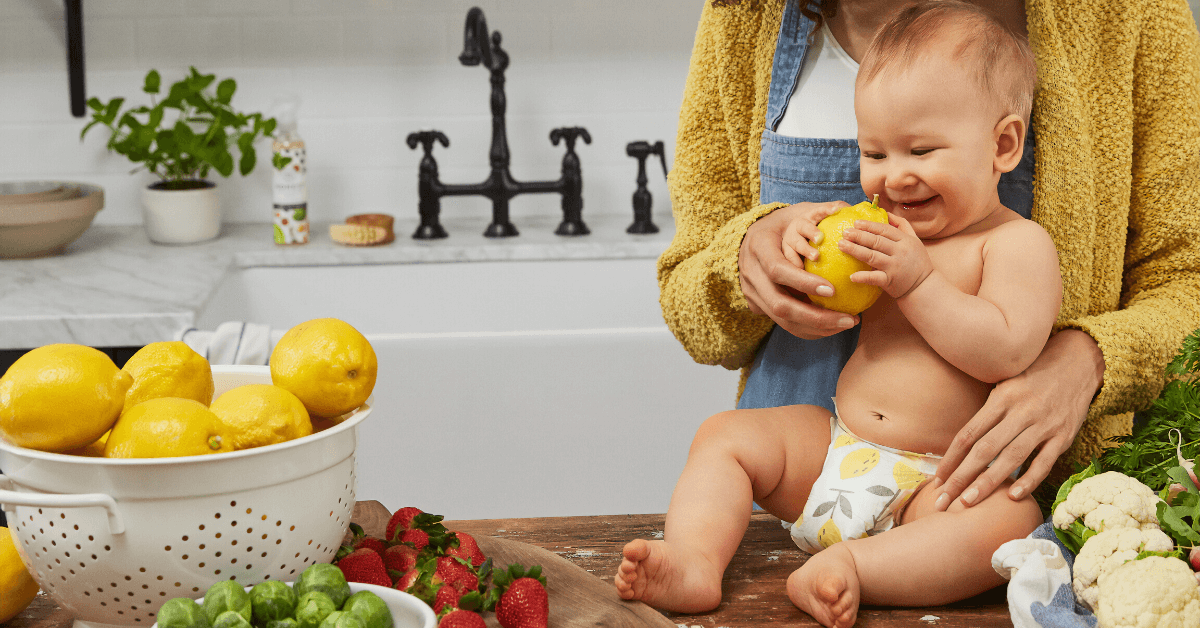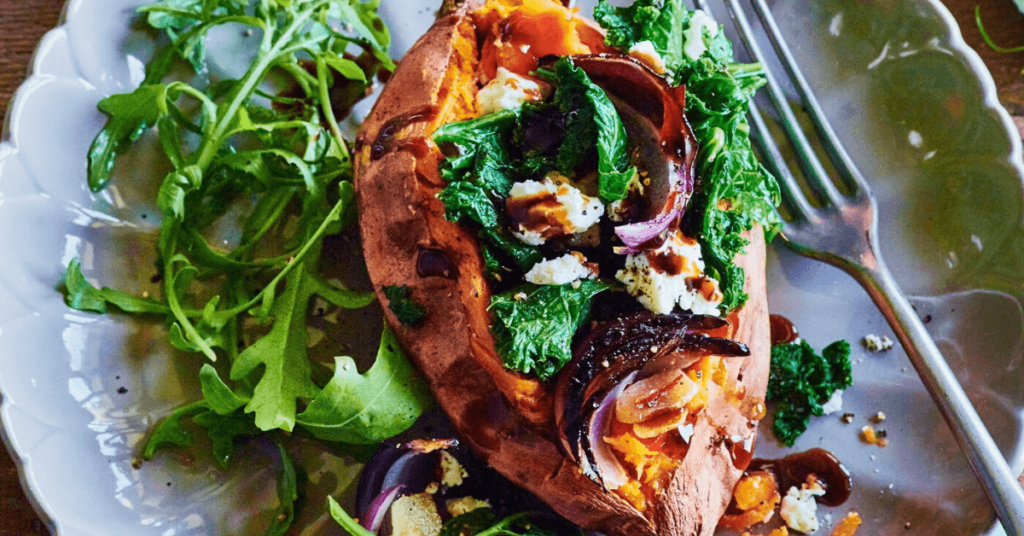Intermittent fasting is quickly gaining popularity as celebs and ordinary folk alike are jumping on the bandwagon of this method of dieting. Whilst the word ‘diet’ is not in our vocabulary at WellBe, it can be said that this form of restrictive eating does seem to have some benefits, as well as some adverse effects, which is why we decided to dive into the topic.
Truth be told, anything that doesn’t involve spending excessive amounts of time on the stair master or hundreds of rands on paleo and banting bars and trail mixes is worthy of our attention.
So, what is intermittent fasting all about? Let’s find out.
An expert explanation of intermittent fasting
According to an educational article published in Hackensack Merdian Health, “Intermittent fasting is a pattern of eating where you withhold food for a certain amount of time and allow your body to use energy more efficiently.” Basically, instead of your body using energy from food such as carbs, it will break down fats instead.
Sounds too good to be true, right? We thought so too. So we did a little digging…
The different methods of fasting
The 5:2 method
This is where you consume your normal caloric intake for 5 days a week and then on two non-consecutive days, you limit your consumption to less than 500 to 600 calories a day.
The 16:8 method
This is one of the easiest ones to follow, basically, this involves skipping breakfast. You don’t eat for 16 hours of the day and then eat during the other 8 hours. You can choose which hours you would want to spend eating and which ones you will fast for depending on your lifestyle. For example, you can choose to fast between 10 am to 6 pm or 11 am to 7 pm. Whatever suits you!
The 24 hour fast
Also known as the eat-stop-method, this is pretty much as straight forward as the name suggests. A 24 hour fast is when you do not eat for one full day, either once or twice a week. You then stick to your usual caloric intake for the other days of the week.
The warrior diet
This one seems a little extreme to us. How it works is that you divide your days in 20 hours of fasting and then 4 hours of eating as much as you like. During the fasting period, you are allowed to have small amounts of eggs and nuts to prevent low sugar levels causing you to pass out.
Is there any science behind fasting and weight loss?
In order to lose weight, our bodies will need to increase the amount of time spent burning calories from the food we eat. When you do not eat (fasting), then this allows your body to burn stored energy. When your body digests and absorbs food it is in what is known as a ‘fed state’, this starts the moment you start eating and lasts roughly 3 to 5 hours after.
During this ‘fed state’, it is difficult for your body to burn any fat as your insulin levels are high.
On the other hand, your body’s post-absorptive state will last between 8 and 12 hours after the last meal you ate. This is when your body has entered a fasted state, during this time your body will burn fat as insulin levels are low.
FYI: Insulin works to decrease your blood sugar levels by moving glucose out of your blood and into surrounding cells. When we have higher levels of insulin, this prevents fat from being broken down for energy.
Essentially what fasting does is put your body in a fat-burning state that it rarely reaches during your normal schedule of eating.
Can I drink during periods of fasting?
As long as you’re only drinking zero-calorie beverages such as water, coffee, and tea, then you’re in the clear. Drinking water whilst fasting is encouraged.
I thought breakfast was the most important meal of the day?
Experts suggest that it’s better to eat more earlier in the day to avoid overeating at night. If you want to start fasting, it’s advised that you start eating at a time that gives you a 5 to 6-hour time gap before you sleep. For example, if you typically go to sleep at 10 pm, then your last meal should be at 5 pm.

Apart from weight loss, are there any other health benefits to fasting?
Studies suggest that those who have followed a diet of fasting compared to a calorie-restrictive eating plan have experienced more health benefits and sustainable weight loss. Some of which include decreased inflammation, increased energy and even an increased immune response (perhaps this is because our bodies are not working overtime to digest food all the time and can focus on immunity efforts).
However, you need to keep in mind intermittent fasting is a relatively new trend, meaning that current studies lack in control group numbers and findings are somewhat limited.
Are there any foods I should avoid when I’m not fasting?
There is no rule about what you can and can’t eat when following an intermittent fasting plan. However, it is encouraged that you eat unprocessed wholefoods and be mindful of what you put in your body. Experts suggest sticking to a healthy diet and foods that are high in fibre will boost effects felt from fasting.
While you’re here, have a look at these foods to help improve gut health.
What are the side effects of fasting?
After a few weeks of intermittent fasting, your body will start to adapt and adjust to your new eating cycle. But we must warn you the first few days and weeks can be incredibly challenging. You might experience bouts of lightheadedness, headaches, low energy, constipation, and irritability.
You need to ensure you are drinking enough water (6 to 8 glasses a day) and avoid any strenuous exercise when fasting.
Who should not fast?
If you are someone who suffers from an eating disorder, or you are pregnant, have diabetes, are underweight, trying to conceive or have issues with your blood sugar regulation, then fasting is not for you.
The final word
Before starting any new eating plan, it’s always advised that you chat with a professional such as your doctor or wellness coach. They will be able to assist you and give you sound advice on what kind of healthy lifestyle choices you need to make.
Remember, different diet and lifestyle choices work for different people. We always suggest that you make conscious and mindful decisions to lead a healthy and happy life, and your diet and exercise plan are two very big determining factors in your physical and mental wellbeing.









